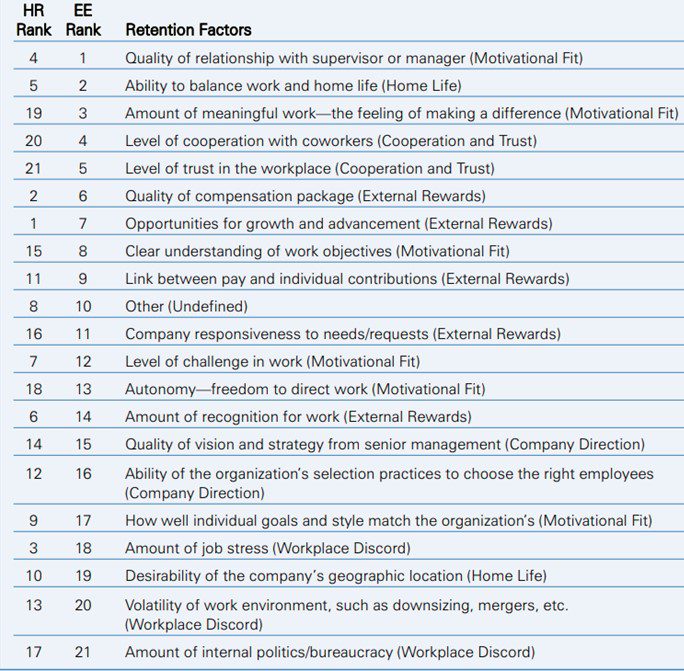Leading global organizations are always seeking to build a talent economy, but it presents a challenge when it comes to retaining top talent. According to DDI’s 2021 Global Leadership Forecast, only 11 percent of HR professionals said they have a strong bench of talent for the future – the lowest rate in a decade. Additionally, companies report they can only fill 47 percent of their critical roles.
The challenge
In the past, organizations could more easily predict challenges in the next three to five years, and groom talent accordingly. But as markets have shifted rapidly and companies are feeling increased pressure to innovate and redefine their markets, companies need talent prepared to lead during rapid change and re-prioritization. One of the biggest leadership trends for 2022 is developing the next generation of leaders. In fact in DDI’s report, it was the top problem worrying CEOs. This issue outranked concerns over a global recession and slowing economic growth. But it was followed closely by the need to retain top talent.
We asked both HR professionals and employees (EE) to rate and rank the factors they believe make employees want to stay or leave their organization. The results showed the two groups have different perspectives. We started by reviewing literature on employee retention and developed a list of 20 potential reasons why employees might stay or leave their job:

Both employees and HR professionals indicated which factors they felt were most influential to an employee’s decision. We identified six major classifications for these factors.
- Motivational fit: challenge, meaning, autonomy, organizational fit, manager relationship, job clarity
- External rewards: recognition, growth/advancement, compensation, pay vs. contributions, company responsiveness
- Cooperation and trust: cooperation with co-workers, level of trust in workplace
- Company direction: clear vision and strategy, appropriate selection practices
- Home life: geographic location, work-life balance
- Workplace discord: internal politics, stress, workplace volatility
By focusing change efforts on the factors that make the biggest difference, organizations can maximize their retention rates. In some cases, it is a good idea to capitalize on strengths and make a good situation even better. In other cases, organizations need to focus on problem areas that will make the biggest difference for their employees. We conducted an analysis to see where change efforts should be focused to get the maximum impact on retention. Employee ratings were combined with the ratings of current company performance.
Weaknesses — Retention factors that are important but are not performance strengths for the organization.

The most obvious way to improve retention is to fix the problems associated with important retention factors. Many of the top 10 retention factors fail to receive high strength ratings. Approximately 75 percent of employees gave their companies lower strength ratings on these factors. Introducing programs that add meaning to work, promote trust and improve compensation quality could significantly impact retention rates.
Strengths — Retention factors that are important and are performance strengths for the organization.

If an organization already has high ratings for some factors, take action to make its performance even stronger in these factors. In our sample, the quality of relationships with managers and work-life balance are already reasonably high. These top two factors received above-average ratings for current company strength in performance.
Organizations that understand employee retention and its causes will ultimately have a competitive advantage. To avoid the damage and costly effects of increased turnover, organizations must act now to improve retention efforts, ensuring talent retention is as critical as talent development.












